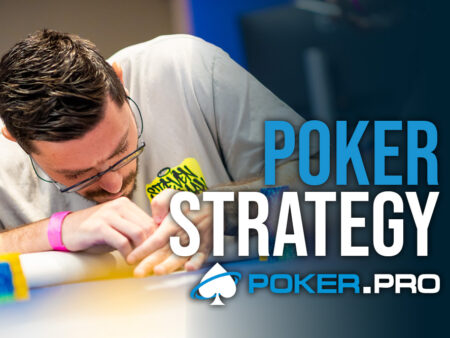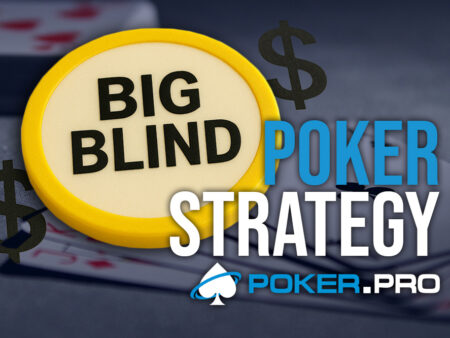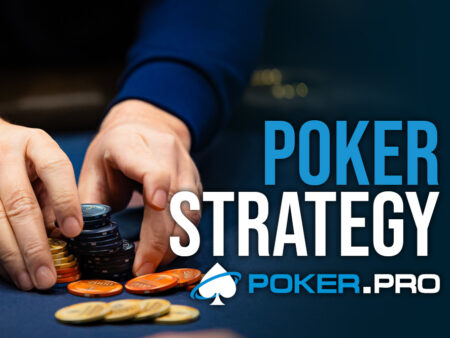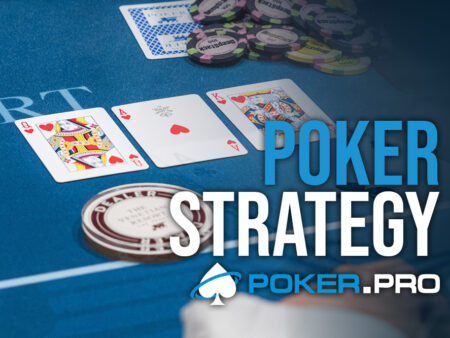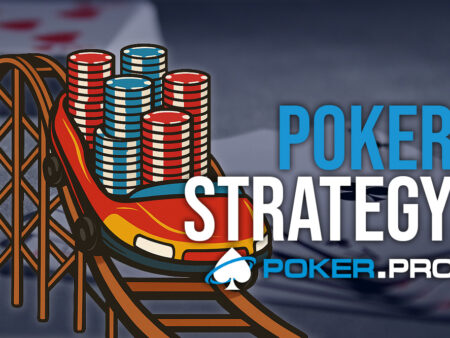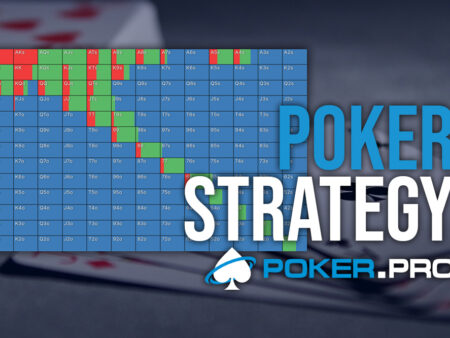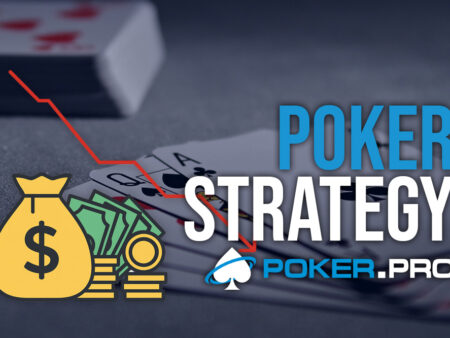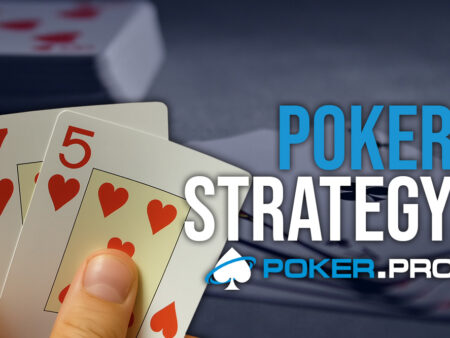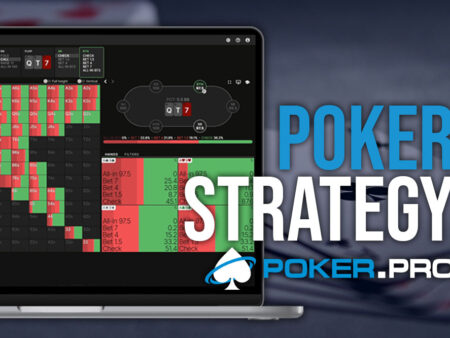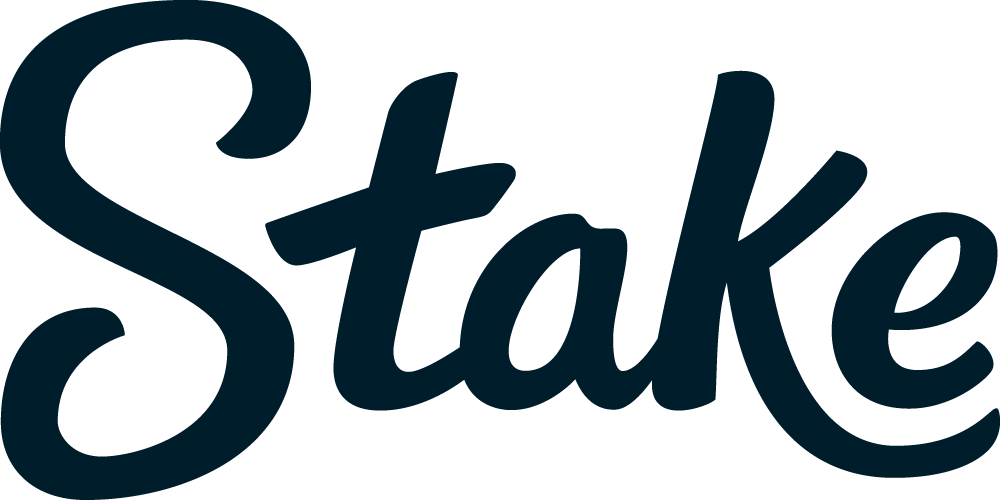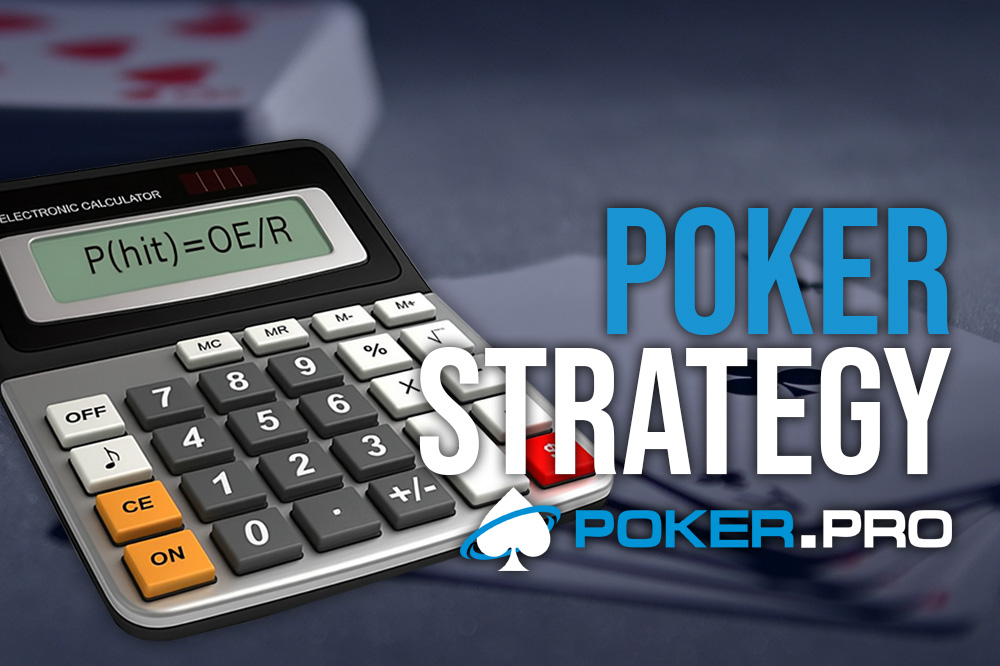
Let’s start by looking at the current calculation for working out your chance of hitting a straight draw in poker, which takes into consideration outs and remaining cards.
A straight draw has a certain number of outs (cards that complete your straight) and in an open-ended straight draw, you typically have 8 outs (4 cards on each end of the straight). In a gutshot straight draw, you have 4 outs (1 rank that completes your straight).
P(hit) = O(outs) / R(remaining unseen cards)
On the turn (47 unseen cards left after the flop), so P(hit on turn) = O / 47.
On the river (46 unseen cards left after the turn), thus P(hit on river) = O / 46.
Now your combined probability of hitting by the river (when on flop) is calculated as follows: Probability of missing both turn and river: P(miss both) = ((R-O)/R) x ((R-O-1)/R-1).
Thus, probability of hitting by river is P(hit by river) = 1-P(miss both).
Example for open-ended straight draw (8 outs):
By river (after flop): P(hit by river) = 1- ((39/47) x (38/46)) ≈ 31.5%
On turn: P(hit on turn) = 8/47≈17% and on river P(hit on river) = 8/46 ≈ 17.4%
Now that we have looked at the components of the current formula, let’s explore its limitations in order to make necessary adjustments.
The standard formula: P(hit) = O(outs) / R(remaining unseen cards).
This is mathematically correct if we agree that all unseen cards are equally likely — but poker reality introduces bias because some outs may be dead cards (folded or in another player’s hand), it does not consider blockers (board texture may reduce live outs), it doesn’t adjust for multiway pots (where some outs might lose to a better hand even if hit), and it assumes all outs are clean (e.g., hitting your straight doesn’t give someone else a flush).

Can we refine the formula by introducing some adjustments? Yes, absolutely, and these are necessary to reflect a more realistic scenario.
P(hit) = OE(effective outs) / R(remaining unseen cards), where OE = O(raw outs) x C(clean out factor) x S(survival factor)
O = raw outs (e.g., 8 for open-ended straight), C = clean out factor (0 to 1: probability the out really wins — e.g., no flush/boat beats you), S = survival factor (0 to 1: probability no opponent has you beat already or outdraws you).
P(hit) = OE / R
OE = O x C x S
Say you have an open-ended straight (8 outs) but the board has two hearts, villain likely has a flush draw. So you estimate: Clean outs = ~0.85 (15% of the time, hitting straight lets villain make flush/boat), Survival = ~0.9 (10% of the time, villain already ahead or counterfeits you).
Then: OE= 8 x 0.85 x 0.9 = 6.12 and P( hit on turn) = 6.12/47 ≈ 13%
This is more realistic than the more naive current calculation 8/47 = 17%.
Why is this adjustment useful? It helps you avoid overestimating your equity in situations where the board is wet / coordinated, opponent ranges are strong and there’s a risk of dominated draws. In short, this adjustment reflects a realistic situation that you will find yourself in rather than purely theoretical.
To demonstrate this, let’s look at how the adjusted formula would impact your decision in a hand against an experienced TAG player.
YOUR HAND: 8♠9♠ FLOP: 6♥7♥Q♦. You are heads up against a TAG player. Pot: £100, Villain C-bets £75 into £100.
You have an open-ended straight draw — 8 outs with 5 and T completing your straight. Now your probability using the current formula is P(hit on turn) = 8/47 ≈ 17%.
Adjusted: The board is rainbow, but the villain’s large bet suggests strength. Could the villain have overpair, set, or top pair strong kicker? Possibly. If villain has two pair or a set, your straight could lose to a boat by the river. No flush draw risk (rainbow board).
Let’s estimate:
- Clean outs C = 0.85 (some chance your straight will get bit by a full house)
- Survival factor S = 0.85 (chance villain is already ahead or improves)
Adjusted calculation: OE= 8 x 0.85 x 0.85 = 5.78%
P(hit on turn)=5.78 / 47 ≈ 12.3%
Thus, your straight draw is weaker than it looks because villain may already have a set that could boat up and some of your outs might not win.
You’re facing a 3/4 pot bet with ~12% chance to hit on the turn.
Next, let’s calculate your pot odds — to call £75 into £175: Pot Odds = 75 / (175+75) = 75 / 250 = 30%.
You need about 30% equity to justify a pure call. Your actual equity — Unadjusted straight draw: ~17%, Adjusted ~12%. If you include implied odds (will you win more if you hit?), your effective equity could rise toward 20% – 25%, but against a tight-aggressive player, this is risky because they may not pay you off and you might still be behind (e.g., they boat up).
What is your Optimal Line here:
- Call? You’re getting bad direct odds. You’re relying heavily on implied odds, which may not materialise against a strong range.
- Raise as a semi-bluff? The board isn’t that scary — not much fold equity vs sets / top pair in a villain’s range. If a villain is a tight-aggressive player, they’re likely to continue with top pair and better, making a raise a costly mistake.
- Fold? Villain’s large bet signals strength on a board where they have many QX, sets, and overpairs. You don’t have enough equity to call profitably. Call only if: Villain is known to over c-bet (you suspect bluffs like AK, KJ). You think you can stack them if you hit (deep stacks / clear implied odds). Raise only if: You have a very tight image and think you can credibly rep a set (rarely the case heads-up).
Follow Aytan Eldarova on Instagram.
